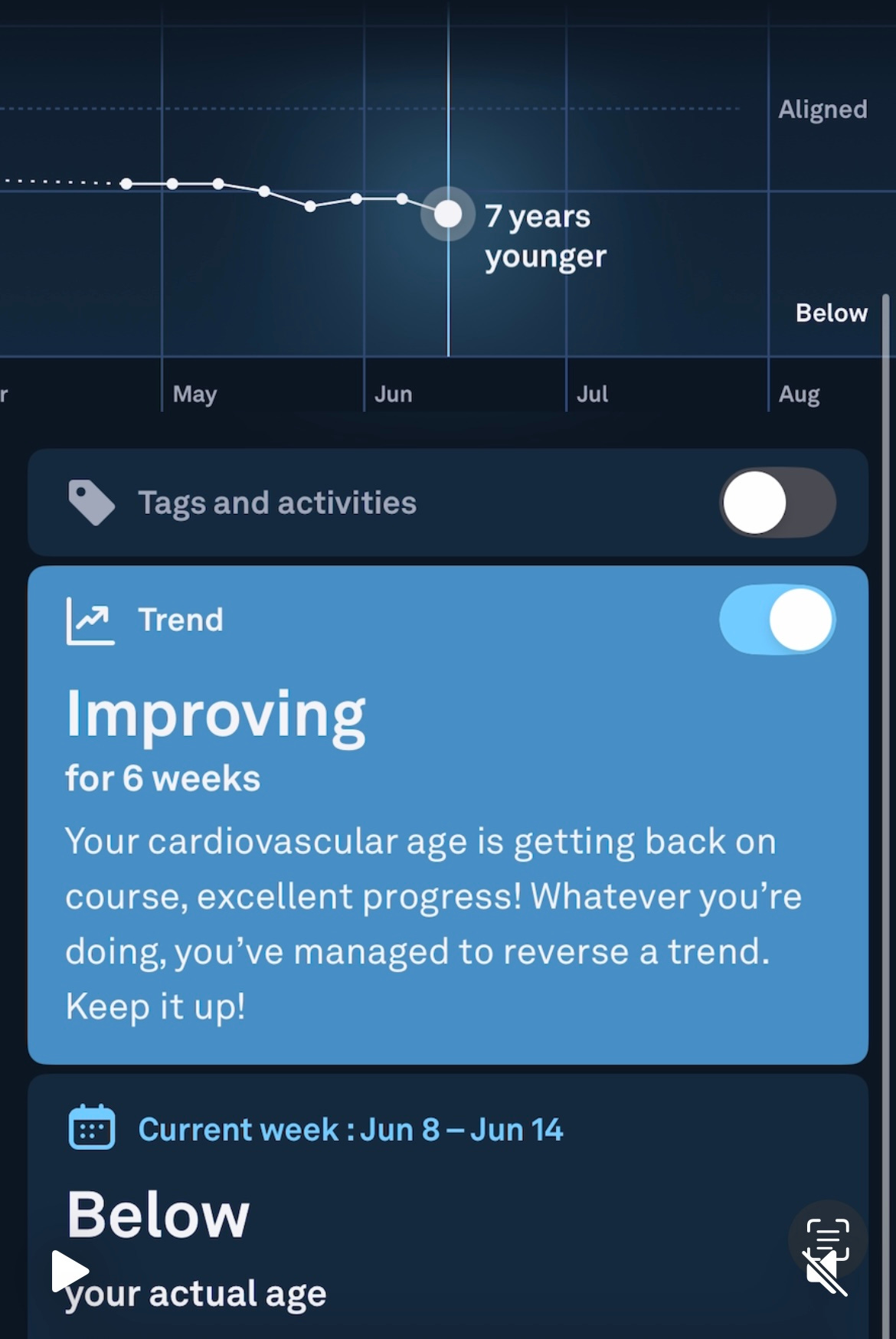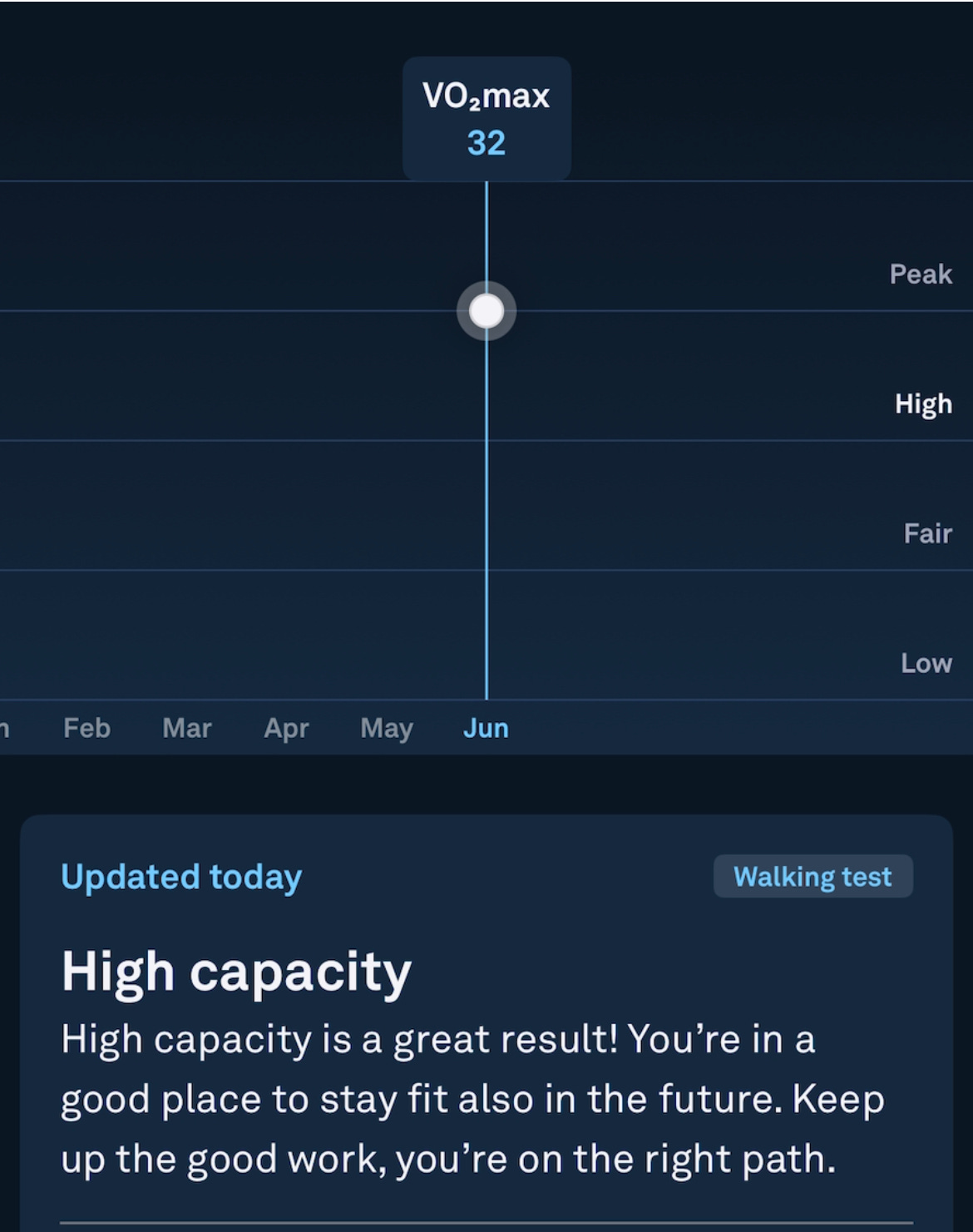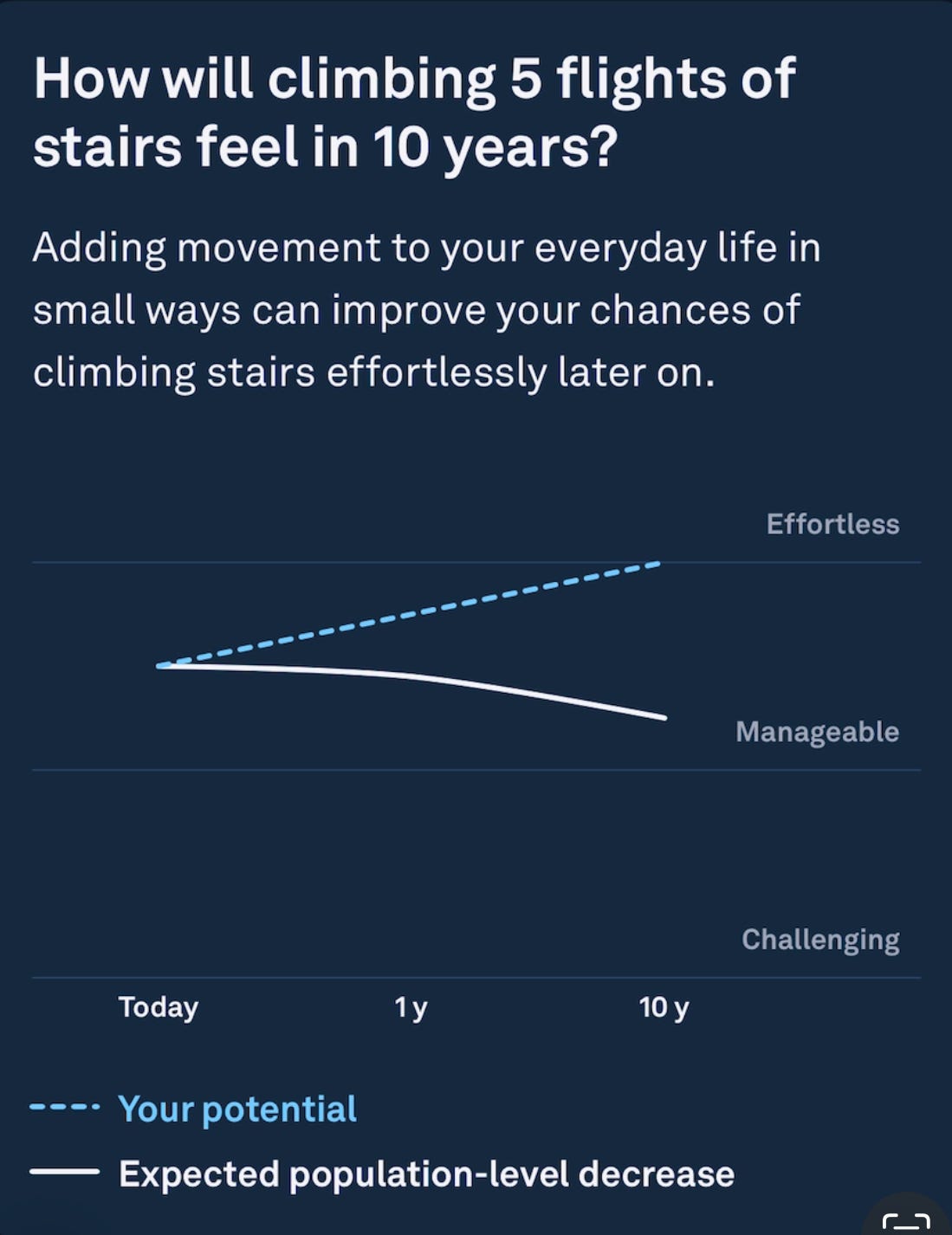There’s a lot of noise in the biohacking world—but not all hacks are created equal. Some are expensive distractions, while others are deeply effective tools grounded in decades of science and clinical success. After years in wellness and medicine, and plenty of personal experimentation, here are my top 3 biohacks I actually use—and love. I have used my biometric data from my Oura ring to track my performance improvement over the past year.
Vitamin C: The Antioxidant Powerhouse
Vitamin C isn’t just for cold season. It’s a metabolic workhorse, immune modulator, and powerful antioxidant that supports nearly every system in the body, but most people are vastly underdosing it and missing the real benefit.
Dr. Thomas Levy, MD, JD, one of the world’s leading experts on vitamin C, explains that vitamin C neutralizes every known toxin at some level and directly supports mitochondrial function and oxidative stress regulation.1 In his research and clinical work, he’s shown that high-dose vitamin C (especially intravenously, but also in frequent oral dosing) can help mitigate everything from viral infections to chronic fatigue and even environmental toxin exposure.
Why I use it: I take both a vitamin C combination supplement with bromelain and quercetin twice a day, and also liposomal vitamin C once or twice daily.
Near-Infrared (NIR) Light: Rocket Fuel
Near-infrared light (especially wavelengths between 800–850nm) penetrates deep into the body—stimulating mitochondria, boosting ATP production, increasing circulation, and reducing inflammation. If your mitochondria are underperforming (most of the population), NIR is a direct route to better energy, better recovery, and better brain function.
Clinical studies have shown that NIR therapy can improve wound healing, reduce pain, enhance muscle recovery, and even improve cognitive function in neurodegenerative disease models.23
Why I use it: I sit in front of an NIR panel first thing in the morning and last thing in the evening. It helps support my brain, reduces muscle soreness, and maintains my circadian rhythm. When I happen to have a muscle pain or strain, I put the NIR lamp directly on my injury with DMSO and arnica gel. For severe inflammation, I add boswellia.
Methylene Blue: Brain and Mitochondrial Booster
Methylene Blue is an old compound gaining a reputation. Used originally as a dye and later as a treatment for malaria and cyanide poisoning, it's now gaining traction as a mitochondrial-enhancing nootropic. Research shows that low-dose Methylene Blue can increase cellular respiration, improve memory retention, and protect brain cells from oxidative stress.4
Dr. Levy and other clinicians have noted its role in improving brain oxygenation, neuroprotection, and overall cognitive energy—especially when combined with light therapy.
Why I use it: I take 10 mg of Methylene Blue every day. It also supports brain function, boosts energy, and pairs beautifully with red or NIR light for a noticeable boost.
Cardiovascular Age & My Results: My Personal Case Study
Almost a year ago, I started tracking two metrics that go far beyond weight, heart rate, or time splits:
VO₂ max -a powerful indicator of aerobic performance
Cardiovascular age - a lesser-known but incredibly revealing marker of heart and vascular function
I’ve been training hard for paddle races, but also biohacking strategically. Since early 2024, I’ve consistently used near-infrared light (NIR) therapy and high-dose vitamin C to support recovery, reduce oxidative stress, and optimize blood flow. Then in December 2024, I added methylene blue (MB) to the mix—and the results speak volumes.
From 26 L/min to 32 L/min: Why VO₂ Max Matters
One year ago, my VO₂ max measured at 26 L/min during a 6-minute walking test. Respectable, but not optimal—especially for someone pushing performance in paddle racing. This week, I tested again: 32 L/min. That’s a 23% improvement in oxygen uptake—and I feel every bit of it on the water.
VO₂ max (maximal oxygen uptake) is the maximum amount of oxygen your body can utilize during intense exercise. It's considered one of the most accurate indicators of cardiovascular fitness and endurance capacity.
The higher your VO₂ max:
The more efficiently your heart and lungs deliver oxygen to your muscles
The better your stamina and recovery under exertion
The lower your risk of heart disease, stroke, and age-related decline
In short: VO₂ max is your engine size and increasing it means you're building a faster, more efficient, and more resilient body.
It’s Not Only for Racing, It’s for the Long Haul
Improving my VO₂ max and cardiovascular age hasn’t just made me faster on the water—it’s made me more resilient everywhere else in life.
Yes, I’m racing better. My speed is up, my endurance lasts longer, and I recover faster. But what really motivates me is knowing these markers—VO₂ max, cardiovascular age, oxygen efficiency—aren’t just performance metrics. They’re powerful predictors of longevity and disease resistance.
A stronger heart, better oxygen use, and lower inflammation don’t just help you cross finish lines—they help you stay out of doctors’ offices. They support brain function, hormone balance, and energy throughout the day. They help you stay sharp, mobile, and strong for decades to come.
If you're looking to improve your performance, boost your energy, or simply feel more in balance, I can help you get there.
Pick up a copy of my book and workbook, Get Healthy or Get Dead, for a focused, practical guide to rebuilding your health from the ground up.
Or schedule a one-on-one coaching session at kristinamorros.com. Whether you're an athlete or simply feeling out of sync, I’ll help you identify what’s holding you back and guide you toward lasting, measurable results.
Levy, T. (2013). Stop America's #1 Killer! Reversible Vitamin Deficiency Found to be Origin of All Coronary Heart Disease. MedFox Publishing.
Hamblin, M. R. (2017). "Mechanisms and applications of the anti-inflammatory effects of photobiomodulation." AIMS Biophysics
Barrett, D. W., Gonzalez-Lima, F. (2013). "Transcranial infrared laser stimulation produces beneficial cognitive and emotional effects in humans." Neuroscience
Gonzalez-Lima, F., & Auchter, A. (2015). "Neurotherapeutic applications of low-dose methylene blue." Molecular Neurobiology







